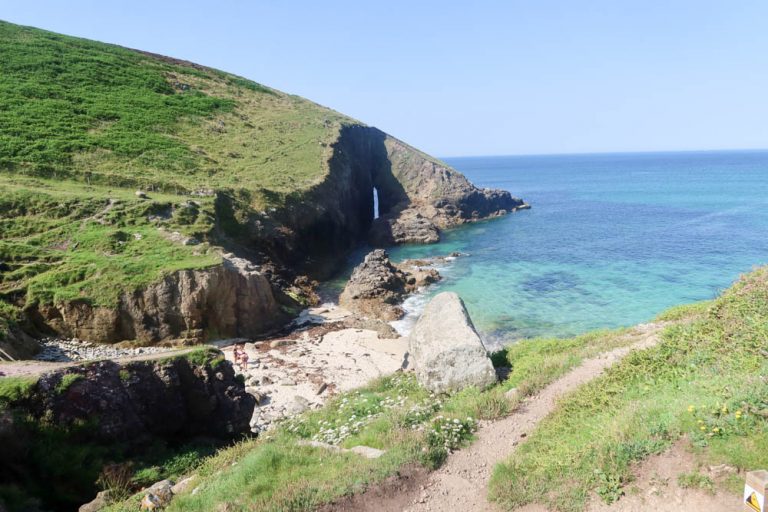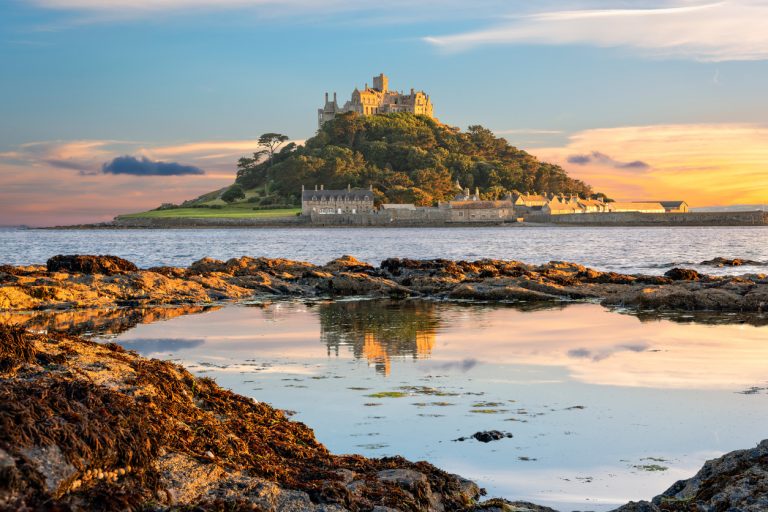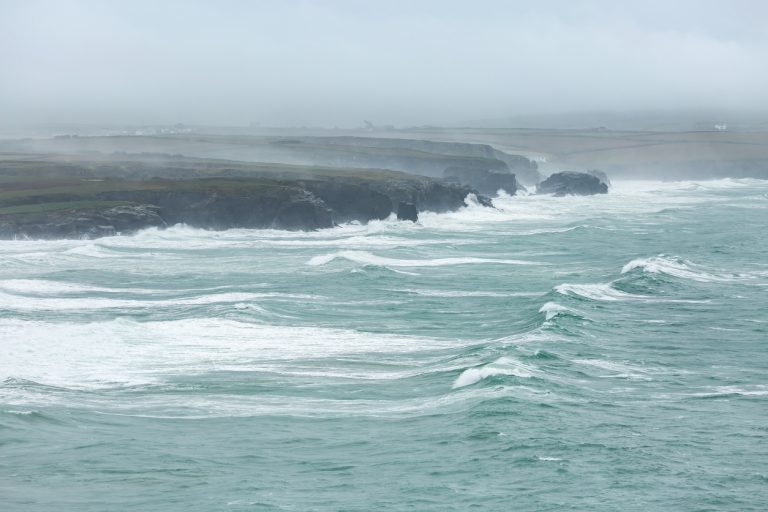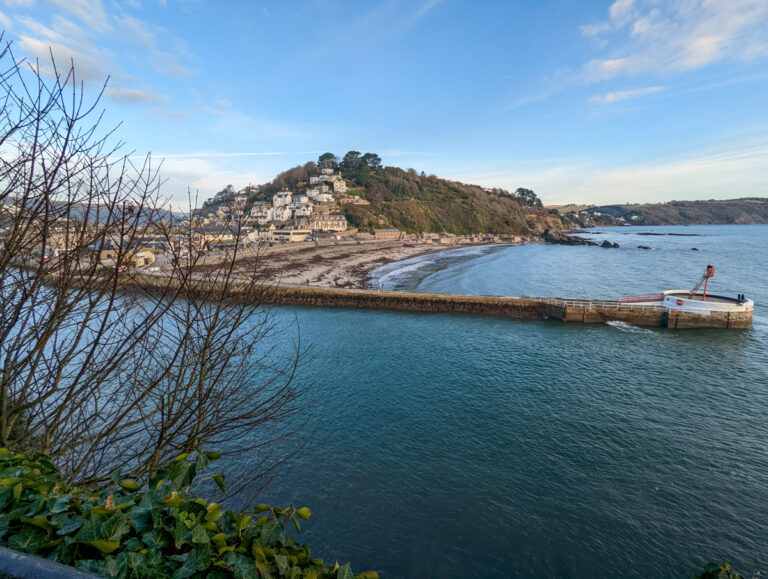Is Cornwall in England? A history of this unique land
Standing high top the cliffs of Lizard Point, I gazed at the panorama of the sea surrounding the peninsula.
The waves crashed around the craggy cliffs, I could see a Cornish flag bearing St Piran’s Cross flying high in the sky and I’d been told that if it was quiet, I might hear a Cornish chough chirping.
I was at the southernmost point of England, a six-hour drive from London (without traffic).
But was I even in England?
As a half-Cornish person who has spent countless hours on Ancestry researching my family history, crossing the Tamar Bridge is always a somewhat spiritual experience. This bridge was built by Brunel and spans across the River Tamar as it spills into Plymouth Sound.
As I roll over to the west side of the bridge, I’m no longer in Devon, but instead, I’ve entered the land of Cornwall, or Kernow, as the locals call it.
But, of course, technically I’m still in England. Cornwall isn’t part of the devolved nations, and all governance is from Westminster.
But should it have more independence? Many Cornish locals believe so.
Cornwall’s “otherness”
Like Scotland, Wales and Ireland, Cornwall has a long Celtic history; which is due to its westerly, historically isolated position.
Add that to the fact that the county is very nearly an island, with a rocky coastline surrounded on nearly all sides by the sea and divided from Devon only by the River Tamar, which starts six miles from the north coast and extends until it reaches Plymouth Sound in the south.
Plus, in the middle of Cornwall sits the foreboding Bodmin Moor. This sprawling, scrubby moorland is home to Cornwall’s highest hills and is somewhat infamous for its very changeable weather conditions.
What’s more, it’s home to the alleged Beast of Bodmin and somewhere where many a horse and rider have lost their way over the years – not a very appealing place to attempt to cross pre-cars!
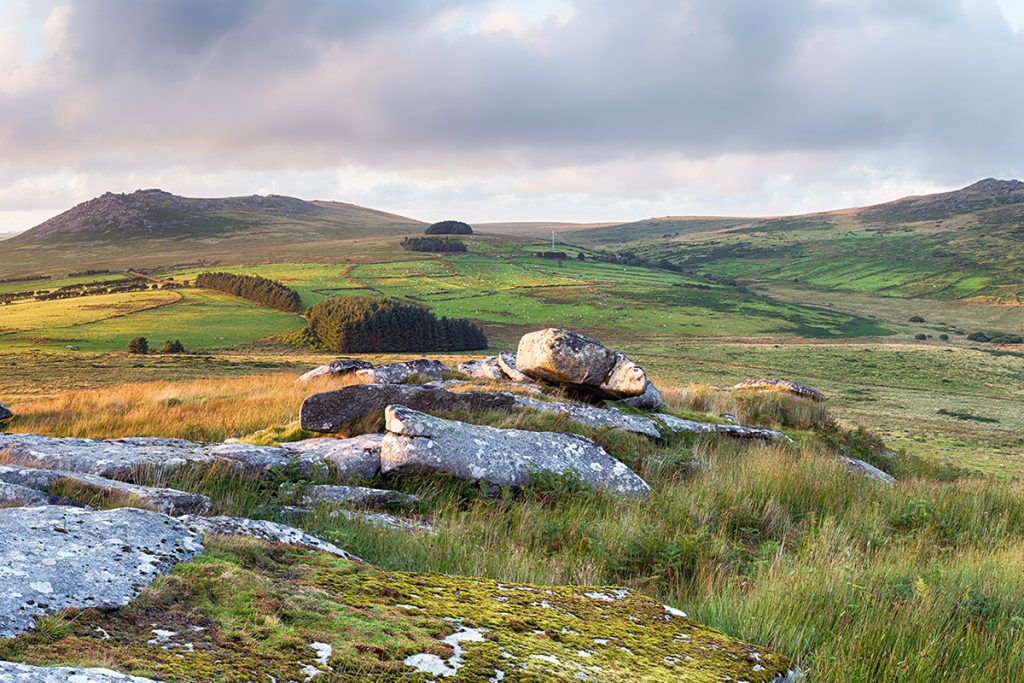
The Romans did make it to East Cornwall, but they didn’t properly settle here. And again, Cornwall wasn’t Anglo-Saxonised like the rest of England. As the nation wasn’t settled, Cornwall retained its Celtic roots over the years; for centuries the people spoke Cornish and local traditions and festivals are still celebrated today.
But the glory days of Cornish culture obviously didn’t last. In the Medieval era (around the 11th century) it was absorbed into England. There were several rebellions during Tudor period, due to paying taxes for things they weren’t involved in and the way that the church was run. However, Cornwall’s small army was continuously defeated by bigger English armies.
After the rebellions, Cornwall eventually became more Anglicised. The language of my ancestors gradually fell into oblivion, with the last monoglot Cornish speakers passing away in around the 18th century (the most famous is Dolly Pentreath, but others may have been alive after her).
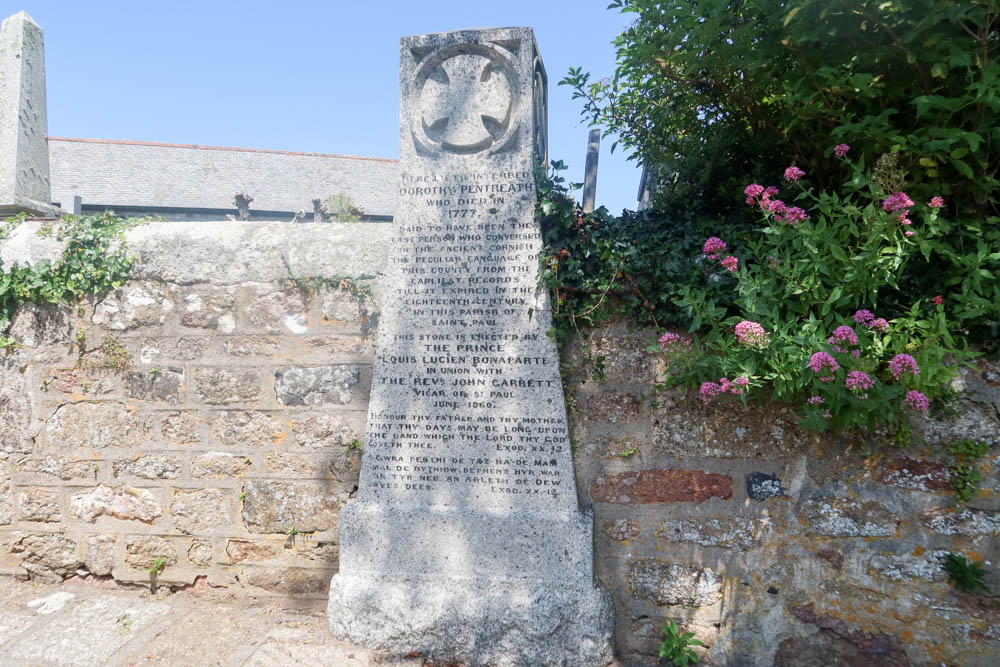
But Cornish culture never died. The spirit and passion that people had for their Celtic corner of the world was never completely squashed, and it was still treated differently in some ways; for example, Stannary Towns across both Cornwall and Devon were able to create their own laws in terms of tin mining. Plus, it remains one of the only two Duchys in England (the other being the Duchy of Lancaster).
Cornwall today
Today, the Cornish spirit is high. Whether you’re sipping on a Rattler’s Cyder, walking around the dramatic Cornish coast path and gazing at the white-sand beaches that wouldn’t look out of place in the Caribbean or listening to Cornish songs at various events, festivals and even pubs throughout the region, it’s undeniable that this region is very different from the rest of England.

“You feel different when you’re in Cornwall” my grandma always told me. She sadly passed away from dementia in early 2022, but one thing that she never forgot was the beauty of Cornwall’s beaches, the pride of seeing the white cross of St Piran on Cornwall’s otherwise black flag, and the proper ingredients of a Cornish pasty.
The language, which died out in the 18th century, has somewhat been resurrected in recent years. Nowadays, second-language speakers are dotted around Cornwall, some of who are even speaking to their children in the tongue, paving the way for a new generation of first-language Cornish speakers.
But you don’t have to speak Cornish to feel the patriotism. The Cornish Ordinalia was a centuries-old tradition that recently came back to St Just, one of the last Cornish outposts. It was traditionally performed in Cornish but is nowadays mainly in English with just a few Cornish lines. Plus, there are plenty of other books, artworks and songs that showcase their pride in being Cornish.
Could Cornwall become its own land?
“This isn’t England!” exclaims Jim Wearne, a Cornish-American musician, in his song with the same name. Wherever you go in the Duchy/ county/ country, there are cries for more recognition of Cornish culture. Some people just ask for more awareness, whereas others want the same status as England and Scotland. For others, independence doesn’t seem like such a crazy dream.
Today, there are multiple movements for Cornish devolution and independence, including Mebyon Kernow and Kernow Matters To Us.
And, with Cornwall’s fascinating and unique history, they’ve definitely got a strong argument. Technically, at the moment, it’s still in the UK. But could the St Piran’s Cross become an official UN Flag in the future? Only time will tell!


